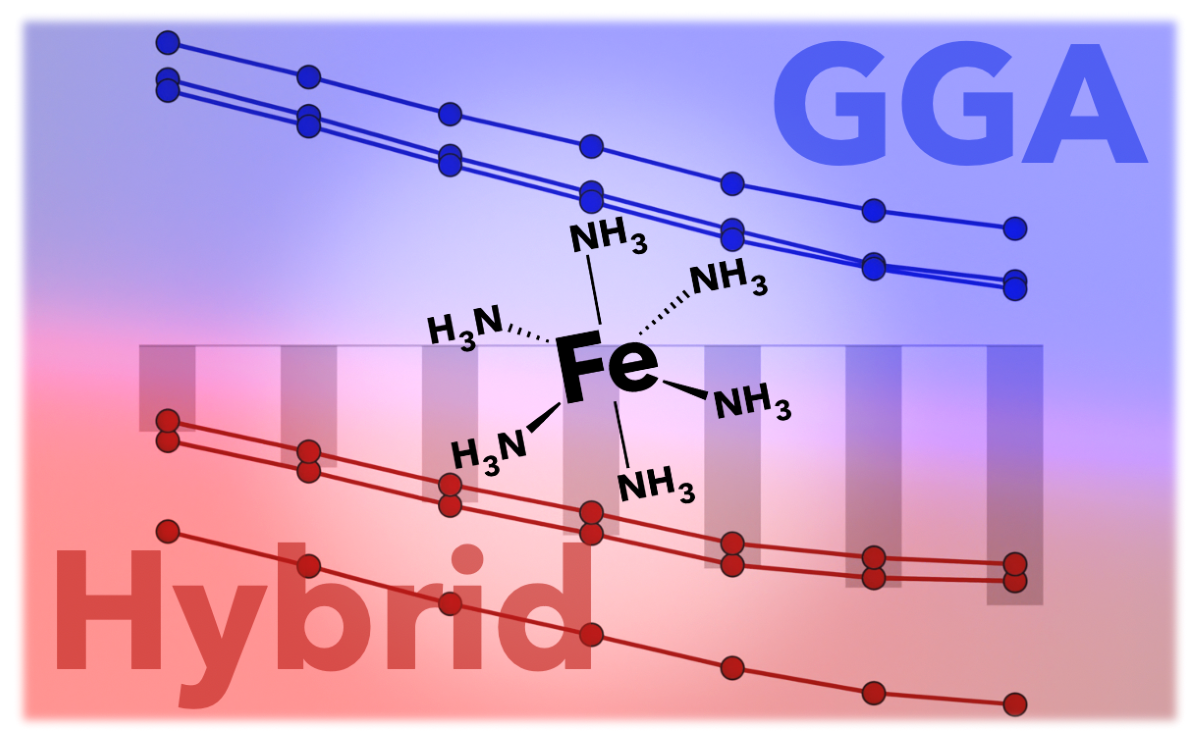Spin crossover (SCO) complexes are in the forefront of image, memory and sensing devices, with applications already established since for thirty years. In order to reach magnetic multistability conditions, the high-spin (HS) and low-spin (LS) states have to be carefully balanced by ligand field stabilization and spin pairing energies. Both of these effects could be effectively modelled by electronic structure theory, if the description would be accurate enough to describe these concurrent influences to within a few kJ/mol. Such a milestone would allow for the in silico-driven development of SCO complexes. However, so far, the ab initio simulation of such systems has been dominated by general gradient approximation density functional calculations. The latter can only provide the right answer for the wrong reasons, given that the LS states are grossly stabilized. In this contribution, we explore different venues for the parameterisation of hybrid functionals. A fitting set is provided on the basis of explicitly correlated coupled cluster calculations, with single- and multi-dimensional fitting approaches being tested to selected classes of hybrid functionals (hybrid, range separated and local hybrid). Promising agreement to benchmark data is found for a rescaled PBE0 hybrid functional and a local version thereof, with a discussion of different atomic exchange factors.

